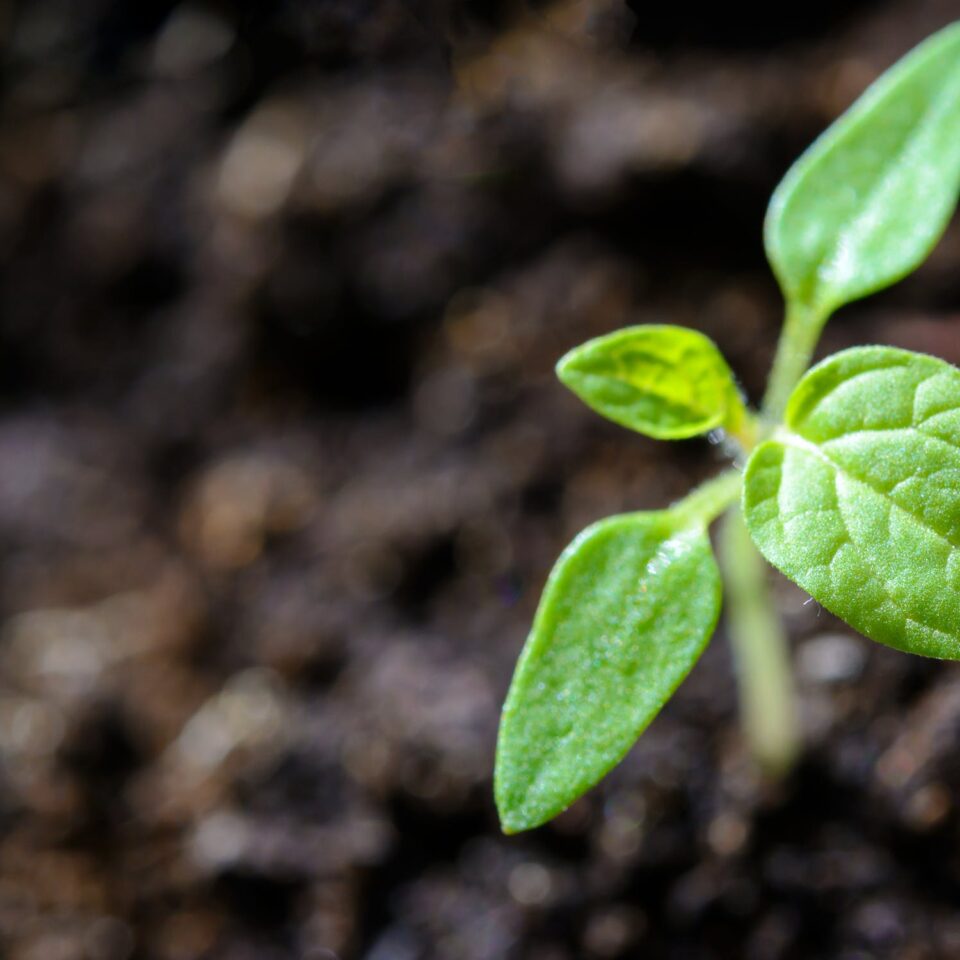
Our team had a blast joining the Ontario Agricultural Conference last week. Although, very different being a virtual experience – we still enjoyed all the speakers, learnings, and connections.
Interested in learning what the key take-aways from the event were? Fortunately for you, our team dished on the best of the best from the event. Here is what they had to say:
Emily Marchand – Kent Bridge:
- What does rotation mean and how is it relevant? It relates to many practices. It is important to rotate chemicals to reduce risk of resistance, crops to increase diversity, timing to applying soil amendments, cover crops, etc. Distribute workload throughout the seasons.
- Different types of cover crops can have very different properties. Which one you plant depends on what your goals are for the cover crop, including improving soil health.
- Frequent soil testing helps to monitor changes in nutrients and soil properties. The 4Rs (right source, right rate, right time, right place) are important when applying nutrients to limit environmental impacts.
- Utilize technology! Mapping, management zones, GPS, variable rate, etc. There are so many options to help hone in on specific areas that need more attention and help increase productivity and profitability.
Al Sheppard – Kent Bridge:
- To spray or not to spray? Sometimes doing nothing is an option! Help beneficial organisms take care of our pest problems easily and cheaply.
- What is herbicide carryover? Know your rotation at least 4 years ahead to minimize potential for damage, especially in sensitive crops. Knowing your soils OM, texture, pH, CEC can help you understand why carryover happens in different areas of your field.
- How to manage nitrogen? Know where stabilizers make the most sense and give the best benefit. Focus on maintaining yield potential with lower N input.
Courtney Cox – Pain Court:
- 80 bushel soybeans? Is that even achievable? It is important to think and look at residue management, crop rotation, fertility, planting date, stand establishment, variety selection and foliar fungicide when planning your goals for the season. What are you doing in each of these areas to ensure success?
Colin Elgie – Agronomy Team:
- Planting in cold soils – possible? Corn is more sensitive than soybeans to cold soil temperatures. Important to make sure soil is above 10C for planting, and to maintain warm temperatures for as long as possible before a cold rain/snow event. Most water is imbedded into the seed within the first 30 minutes of soil contact, and it is important to make sure if has best possible start!
- Soybean fertility – higher background fertility is a major key to increased yields. Adequate levels of soil test P & K can lead to increases of 11 bus/ac over low testing soils!
We learned a heck of a lot of information at the conference. We are excited and ready to share it all with you our valued customers and partners. Get in touch today and let us know what areas you need to improve or need more information on to achieve your goals in 2021? Let’s talk so we can grow together in 2021!